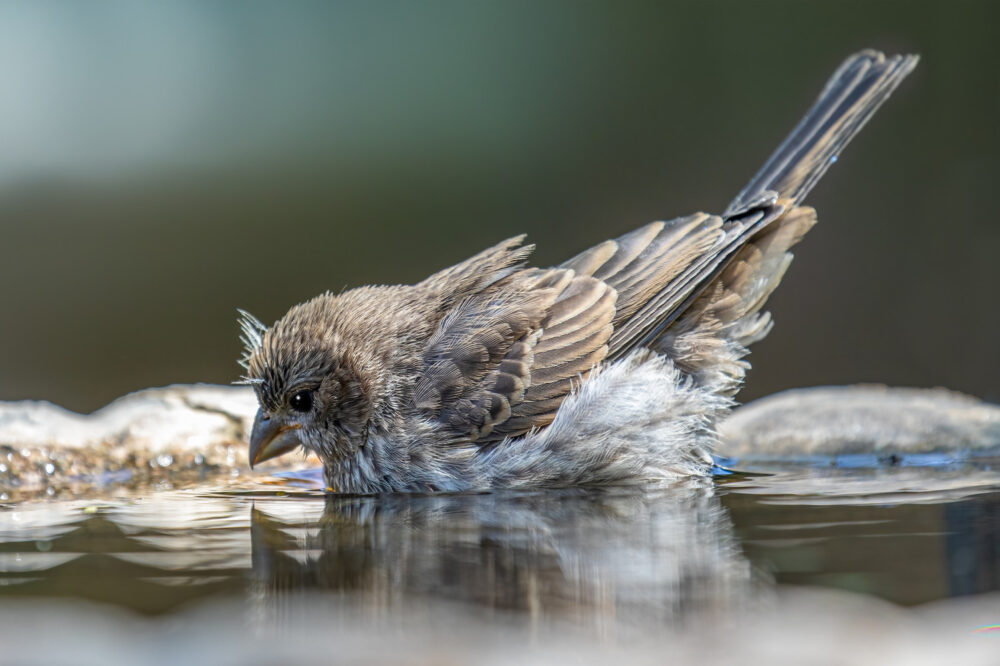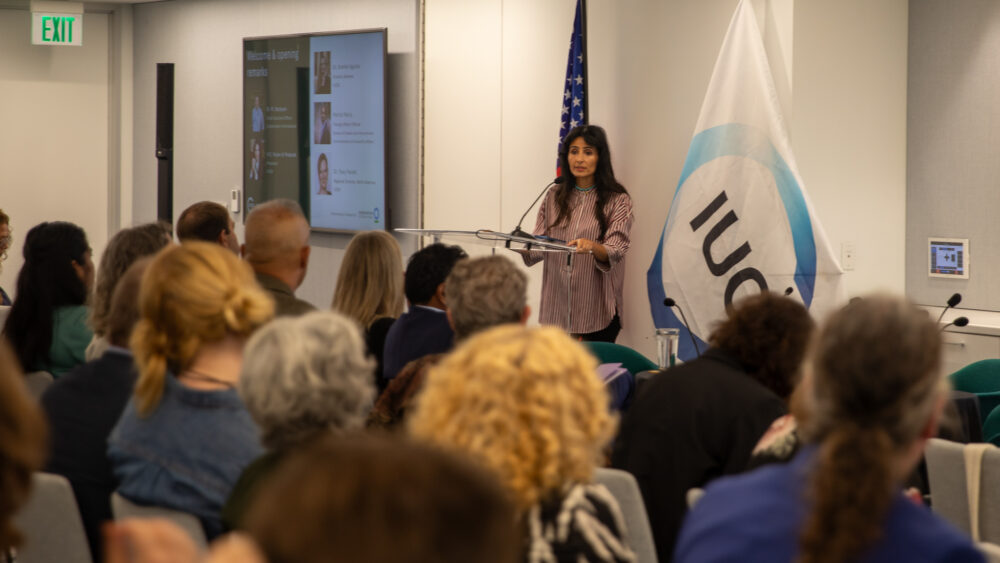We have much more to do and your continued support is needed now more than ever.
Restoring Buffalo to their Home on the Range
Yesterday, I drove a thousand miles across the Great Plains and saw not a single buffalo. I did see domestic cows and sheep, coal-fired power plants and wind farms, miles of power lines and fences. I saw immense open prairie; grass-covered, wind-scoured, treeless hills tumbling out to the horizon. But in a land where 30 million American bison once roamed in herds that would rival the wildebeest of the African Serengeti, we now have to go out of our way to find one.
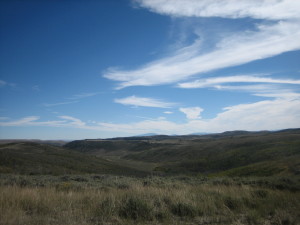
Jason explains that the plants, animals and humans of the American prairie have been evolving together for millennia. Bison were an integral part of the prairie ecosystem: their hooves broke up the soil so seeds could germinate and their wallows – the depressions left when they rolled in the dirt – gathered rain which fed medicinal plants.
The lives of Native Americans were also inextricably tied to the bison. They followed the herds across the plains, relying on the great creatures for food, shelter and tools. They worshipped bison, performing religious ceremonies to promote its abundance and express gratitude for its ultimate sacrifice to them in the hunt.
The U.S. Army recognized this reliance in the late 19th century, when the westward movement of miners and homesteaders led to clashes with the resident Sioux, Cheyenne, Shoshone, and Arapaho. To defeat the tribes and clear the way for “Manifest Destiny,” the U.S. Army used the following tactic: eliminate the tribes’ main food source.
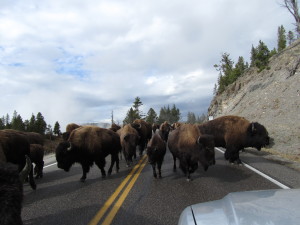
NWF has been working for two decades to transfer some of these Yellowstone bison – whose numbers now overwhelm the Park’s capacity – back to their native lands. Our first major victory came last spring when we helped the Fort Peck Tribes move 61 Yellowstone bison to their reservation in northeast Montana. The tribes are thrilled to have these “tatanka” home. The bison and their 21 new calves are enjoying thousands of acres of wild prairie.
Today, NWF is working with Jason and other members of the Shoshone and Arapaho tribes to move a herd of Yellowstone bison to the Wind River Reservation in Wyoming. A group of bison awaits transfer on a Montana ranch. The land and the tribes are ready to receive them. Standing in the way is a complex web of legal and political hurdles that we are working to overcome.
Late in the day on my visit to Yellowstone, I came upon a lone buffalo walking the center line of the Park’s loop road. I pulled to the shoulder to give him space to pass and he paused long enough to make eye contact. I stared with a sense of wonder and respect. His return gaze was fearless and unconcerned. And at that moment I knew: we are beginning to restore the balance.
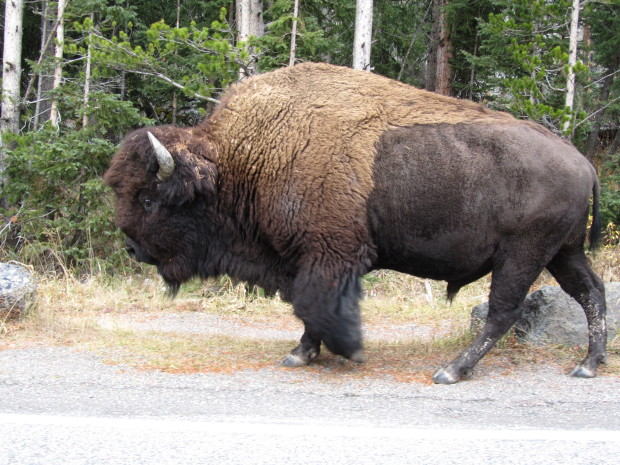
 Please donate to the National Wildlife Federation Tribal Lands Partnerships Program to help return bison back to tribal lands.
Please donate to the National Wildlife Federation Tribal Lands Partnerships Program to help return bison back to tribal lands.

